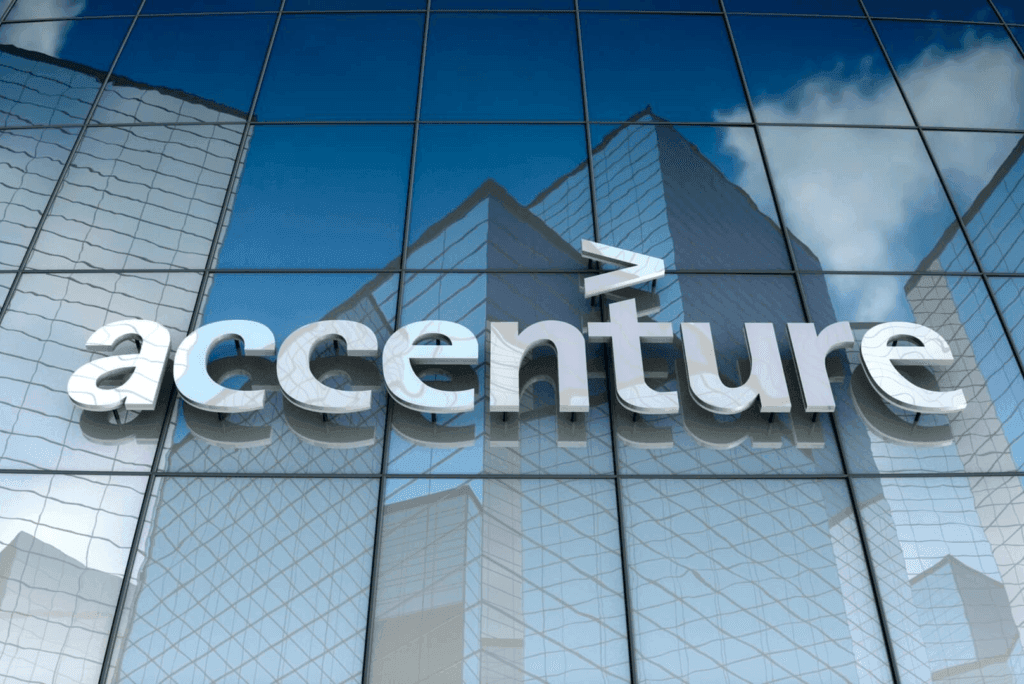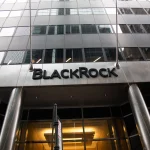Global Corporates Restart Net Zero Commitments as Decarbonization Tools Expand, Accenture Finds

• Forty-one percent of the world’s largest 2,000 companies now have value-chain net zero targets, reversing last year’s slowdown.
• Companies are deploying a broader mix of decarbonization tools, with 13 of 21 levers now adopted by more than half of the world’s 4,000 largest firms.
• Only 16 percent remain on track to reach operational net zero by 2050, underscoring a widening delivery gap despite stronger governance and investment signals.
A renewed push after a year of hesitation
The world’s largest companies have resumed setting value-chain net zero goals after a pause last year, even as political divisions around climate policy deepen. New analysis from Accenture shows that corporate ambition is once again rising across regions, including North America where momentum had stalled. The increase comes as firms expand the decarbonization toolkits embedded across their operations, supply chains and capital plans, suggesting a shift from climate rhetoric to broader structural change.
Accenture’s Destination Net Zero 2025 report examined public disclosures from the 4,000 largest global companies by revenue and tracked emissions trends using S&P Global Trucost data. The share of the top 2,000 companies with net zero targets covering Scopes 1, 2 and 3 has climbed to 41 percent, up from 37 percent last year. Europe still leads, with nearly two-thirds of major firms holding full value-chain targets, while Asia Pacific recorded the largest annual increase. North America, long the laggard, also ticked upward to 29 percent.
Companies move from goal-setting to tool-deployment
The study finds a widening shift toward practical execution. Across the full 4,000-company sample, 13 of 21 major decarbonization levers—ranging from energy efficiency and waste reduction to renewable energy and supplier engagement—are now standard practice. Large companies adopt an average of 13 levers, up from 11.5 last year.
Efficiency and cost-based measures remain the entry point, but the report points to a deeper diversification of tools. Eighty-seven percent of companies now use energy efficiency as a primary lever; 81 percent procure renewable power; and nearly four in five work directly with suppliers. More firms are also tying emissions outcomes to internal incentives, with employee-linked climate targets rising from 23 percent two years ago to 57 percent.
This expansion has been accompanied by a measurable shift in emissions intensity. Corporate revenues among the world’s largest companies have grown by 7 percent annually since 2016, while aggregate operational emissions have remained flat. Three-quarters of firms have lowered emissions intensity over the period, and just over half have reduced absolute Scope 1 and 2 emissions.
Progress slows where it matters most
Despite renewed ambition, delivery gaps persist—particularly in sectors central to the global carbon budget. Only 16 percent of companies are on track to reach operational net zero by 2050, representing a narrow 4 percent of total emissions across the dataset. Heavy-emitting industries, including energy and natural resources, remain the furthest behind. Many are still increasing their operational emissions despite setting long-term goals.
The disconnect highlights the structural challenges of abating carbon-intensive value chains. According to the report, the vast majority of companies are participating in partnerships or industry networks to accelerate system-wide change, but progress remains uneven without stronger policy guarantees and corridors for scaling capital-intensive technologies.
Governance and financial discipline emerge as differentiators
The research stresses that ambition only translates into measurable progress when supported by rigorous governance. Companies that combine science-based targets, detailed transition plans, board-level oversight and pay incentives tied to climate outcomes cut emissions by an average of 2.6 percent per year. Peers lacking these components saw emissions rise.
Ninety percent of companies now link decarbonization to business value, though fewer than half disclose actual climate-related investments. Two-thirds do not report sustainable revenue contributions, limiting investor visibility at a time when regulatory frameworks such as CSRD and ISSB demand deeper transparency.
RELATED ARTICLE: Holcim US Accelerates Net Zero Commitments Through Sustainable Vehicles
Global significance
The report’s central message is that decarbonization is increasingly embedded in corporate strategy, even as policy environments grow more charged. The challenge ahead is not whether companies will act, but whether they can scale the actions that work. For investors and policymakers, the findings offer a two-part story: corporate climate ambition is solidifying, but progress must accelerate in high-emitting sectors to align with global net zero pathways..
Accenture’s Destination Net Zero 2025 report examined public disclosures from the 4,000 largest global companies by revenue and tracked emissions trends using S&P Global Trucost data. The share of the top 2,000 companies with net zero targets covering Scopes 1, 2 and 3 has climbed to 41 percent, up from 37 percent last year. Europe still leads, with nearly two-thirds of major firms holding full value-chain targets, while Asia Pacific recorded the largest annual increase. North America, long the laggard, also ticked upward to 29 percent.
Companies move from goal-setting to tool-deployment
The study finds a widening shift toward practical execution. Across the full 4,000-company sample, 13 of 21 major decarbonization levers—ranging from energy efficiency and waste reduction to renewable energy and supplier engagement—are now standard practice. Large companies adopt an average of 13 levers, up from 11.5 last year.
Efficiency and cost-based measures remain the entry point, but the report points to a deeper diversification of tools. Eighty-seven percent of companies now use energy efficiency as a primary lever; 81 percent procure renewable power; and nearly four in five work directly with suppliers. More firms are also tying emissions outcomes to internal incentives, with employee-linked climate targets rising from 23 percent two years ago to 57 percent.
This expansion has been accompanied by a measurable shift in emissions intensity. Corporate revenues among the world’s largest companies have grown by 7 percent annually since 2016, while aggregate operational emissions have remained flat. Three-quarters of firms have lowered emissions intensity over the period, and just over half have reduced absolute Scope 1 and 2 emissions.
Progress slows where it matters most
Despite renewed ambition, delivery gaps persist—particularly in sectors central to the global carbon budget. Only 16 percent of companies are on track to reach operational net zero by 2050, representing a narrow 4 percent of total emissions across the dataset. Heavy-emitting industries, including energy and natural resources, remain the furthest behind. Many are still increasing their operational emissions despite setting long-term goals.
The disconnect highlights the structural challenges of abating carbon-intensive value chains. According to the report, the vast majority of companies are participating in partnerships or industry networks to accelerate system-wide change, but progress remains uneven without stronger policy guarantees and corridors for scaling capital-intensive technologies.
Governance and financial discipline emerge as differentiators
The research stresses that ambition only translates into measurable progress when supported by rigorous governance. Companies that combine science-based targets, detailed transition plans, board-level oversight and pay incentives tied to climate outcomes cut emissions by an average of 2.6 percent per year. Peers lacking these components saw emissions rise.
Ninety percent of companies now link decarbonization to business value, though fewer than half disclose actual climate-related investments. Two-thirds do not report sustainable revenue contributions, limiting investor visibility at a time when regulatory frameworks such as CSRD and ISSB demand deeper transparency.
Global significance
The report’s central message is that decarbonization is increasingly embedded in corporate strategy, even as policy environments grow more charged. The challenge ahead is not whether companies will act, but whether they can scale the actions that work. For investors and policymakers, the findings offer a two-part story: corporate climate ambition is solidifying, but progress must accelerate in high-emitting sectors to align with global net zero pathways.
Read Destination Net Zero 2025 here.
Follow ESG News on LinkedIn












